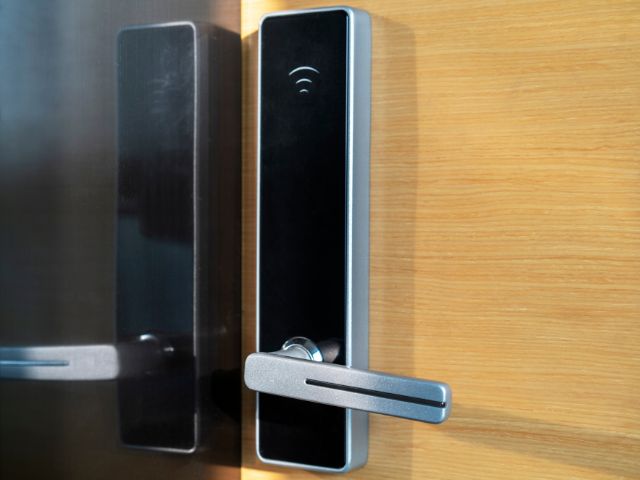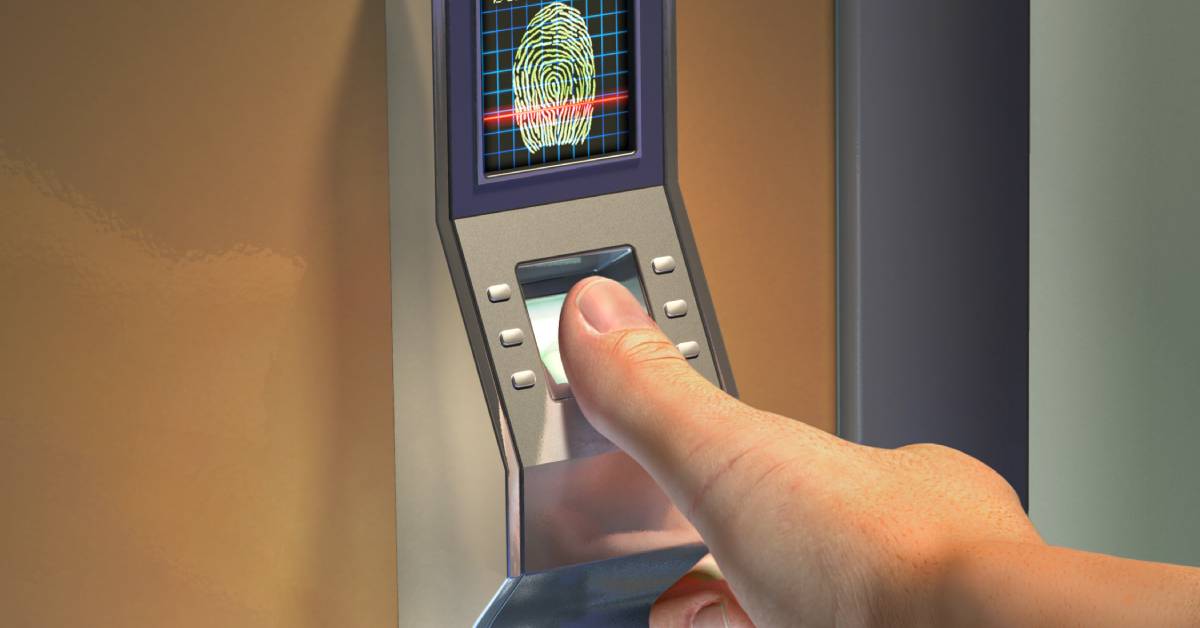As technology continues to evolve, so do the ways we secure our homes and vehicles. Keyless entry systems have become a popular option in Australia, offering increased convenience and security.
This comprehensive guide will delve into the advantages and drawbacks of these systems, providing valuable insights for anyone considering an upgrade to keyless entry.

Understanding Keyless Entry Systems
Keyless entry systems have rapidly become a standard feature in many modern homes and cars. Understanding how they work and what they offer can help you make an informed decision.
What is a Keyless Entry System?
A keyless entry system is a method of accessing a secured location, such as a home or vehicle, without a traditional key.
Instead, entry is gained through a variety of other methods including code-based entry pads, fingerprint scanners, or remotely through a smartphone app.
How Does a Keyless Entry System Work?
The working of a keyless entry system varies based on the specific technology used. Code-based systems rely on a unique combination entered into a keypad.
Biometric systems, on the other hand, utilize unique personal features, such as fingerprints or facial recognition, to grant access.
Remote access systems often use encrypted communication between the control device and the lock.

The Advantages of Keyless Entry Systems
While the concept of ditching the traditional keys may seem intimidating to some, keyless entry systems come with a host of benefits that contribute to their growing popularity.
Convenience
The most immediate benefit of a keyless entry system is the added convenience.
You no longer need to fumble for keys when your hands are full, worry about losing your keys, or deal with the hassle of getting them duplicated for other family members.
Increased Security
Keyless entry systems offer enhanced security over traditional lock-and-key systems.
The ability to customize access codes, track entry and exit times, and integrate with home security systems provide a significant upgrade in overall home security.
Smart Home Integration
Keyless entry systems can often be integrated with other smart home devices.
This allows for increased functionality, such as being able to unlock your door as you approach it or being able to check if all doors are locked directly from your phone.
Customizable Access
Keyless entry systems provide the ability to customize who has access to your property and when. This can be particularly useful for letting in tradespeople or guests when you are not at home.

The Disadvantages of Keyless Entry Systems
Like any technology, keyless entry systems also come with potential downsides. It’s important to be aware of these in order to make an informed decision.
Potential for Electronic Failure
Unlike traditional locks, keyless entry systems are dependent on electricity. A power outage, a dead battery, or a system malfunction could potentially lock you out.
Though most systems have backup plans for such scenarios, it’s a factor worth considering.
Security Concerns
While these systems offer enhanced security in many ways, they are also vulnerable to different types of attacks. For instance, code-based systems could be at risk if someone guesses or steals your code.
Similarly, systems that rely on wireless signals could be susceptible to hacking.
Cost of Installation and Maintenance
Keyless entry systems can be more expensive to install and maintain than traditional locks. You may also need to replace batteries regularly or pay for software updates.

Popular Keyless Entry Systems in Australia
In Australia, a variety of keyless entry systems are available to consumers. The choice depends on your specific needs and budget.
Door Lock Keyless Entry Systems
Keyless door locks are often used for homes and businesses. They range from simple code-based locks to sophisticated biometric systems.
Brands such as Lockwood and Samsung offer a range of options to suit different needs and budgets.
Automotive Keyless Entry Systems
Many new cars in Australia come with keyless entry systems as standard. These systems allow you to unlock and start your car without needing to insert a key.
Brands like Toyota, Ford, and Hyundai are leading the way in this technology.

Installation Tips for Keyless Entry Systems
Proper installation is critical for the optimal functioning of your keyless entry system. Here are some tips to consider.
Choosing the Right System
Consider your specific needs, budget, and the reliability of the system. It’s also important to consider how the system will integrate with any existing security systems or smart home devices.
Finding a Trusted Installer
While some keyless entry systems can be self-installed, many require professional installation to ensure they function correctly.
It’s crucial to find a trusted and experienced installer. You can often find recommendations online or from the manufacturer.
DIY Installation: Is It Possible?
Some simpler systems, particularly certain door lock systems, can be installed by a competent DIYer.
However, if you’re unsure or if the system is complex, it’s often best to hire a professional. Incorrect installation could lead to malfunctions and potential security risks.

Maintaining Your Keyless Entry System
Regular maintenance is important to ensure the longevity and functionality of your keyless entry system. Here’s what you need to keep in mind.
Regular System Checks
Periodic checks of your keyless entry system can help identify any potential issues early.
This includes checking the battery levels, testing the system’s functions, and making sure that all components are in good working order.
Updating Software
If your keyless entry system relies on software, it’s important to keep it up to date. Software updates often include security improvements and additional features.
Replacing Batteries
For systems that rely on batteries, regular replacement is essential.
Most systems will notify you when battery levels are low, but it’s still a good practice to change batteries routinely to prevent any possible lockouts.

Navigating Australian Regulations for Keyless Entry Systems
Like any home security system, it’s important to consider Australian regulations when installing a keyless entry system.
Privacy Laws
If your system collects personal information (like a biometric system might), you need to ensure that you comply with Australian privacy laws.
This might include informing guests of the system and how their data will be used.
Building and Construction Regulations
You should also consider any building and construction regulations in your local area. For instance, some councils might have regulations around modifications to doors and entrances.

Future of Keyless Entry Systems in Australia
As technology continues to evolve, so will the capabilities of keyless entry systems. Let’s look at some trends that might shape the future of these systems.
Trends to Watch
Emerging trends like integration with smart home systems, advancements in biometric technology, and increased customization options are likely to continue influencing the development of keyless entry systems.
Additionally, as this technology becomes more mainstream, we may see these systems becoming more affordable.
Impact of Advancements in Technology
Advancements in technology will likely continue to drive the evolution of keyless entry systems.
For instance, improvements in battery technology could lead to longer-lasting systems, while advancements in encryption and cybersecurity could further enhance the security of these systems.





